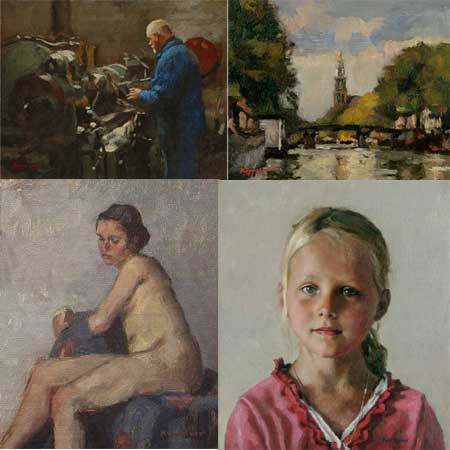
Of course collecting art is about a lot more than money. Forming relationships with dealers and artists, keeping up with your chosen genre, checking on what ''your'' artists are creating--these are the hallmarks of the true collector.
Probably the first advice for novices is understanding the investment involved. It can be heavy, with no guarantee of a profit. Sure, As a gallery owner once putted it, buying art is ''the same thing as falling in love.''
Before you fall head over heels for a specific canvas, however, you should analyze your intentions. It is important to feel comfortable with your instincts and what draws you to a specific work. You must remember that your feelings and interpretations of the work will grow as the object becomes part of your home or office. We see our artworks as part of who we are. Many people feel this way, when they are stricken by a work of art which really speaks to them. Art is not the kind of product that you can be talked into. Buying art is not like a buying a car or a computer, where most consumers do comparison shopping to check for value as well as quality. It is one of the few categories that is almost a totally emotional buy. You look at it, you like it or you don't. It is a mystery what contributes to a person's personal taste.
Finally, once you actually become a collector, realize that you now have to accept the responsibility as the guardian of this piece. Responsibilities include staying up to date of the activities of the artists in your collection, documenting the work for insurance purposes, and making decisions about what will happen to the work in perpetuity. Soon, you will discover that surrounding yourself with art can enrich not only your visual experiences, but instill a sense of vitality to your life and uplift your soul. [read more...]
Online fine-art gallery of Dutch painter Frans Koppelaar, Amsterdam, the Netherlands. Realistic city views, landscapes, portraits and nudes. Contemporary figurative oil paintings. Art Collection
Art Collection